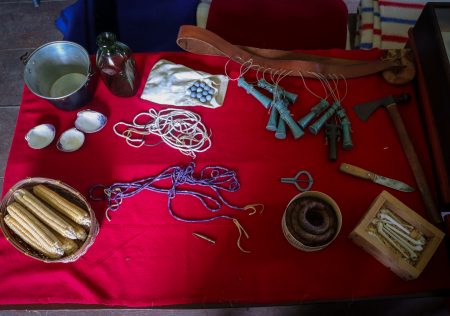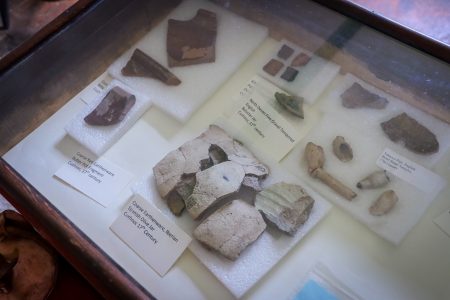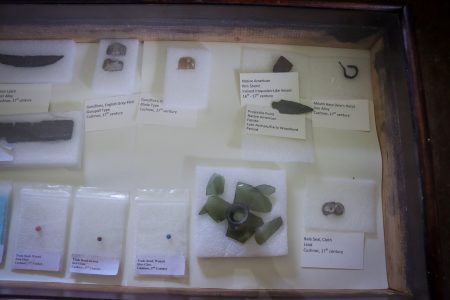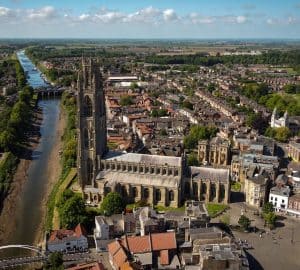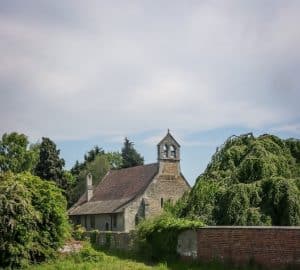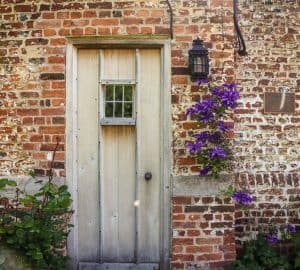As I research the life of William Bradford for a new biography, I plan over the next few years to visit the sites associated with his life. For some of the lesser known ones, I figured that it might be interesting and useful to publish some photos on this blog. So consider this post the first in a series. We just returned from a trip to Maine, and the first site we visited was the site of Cushnoc, the Pilgrim’s trading house on the Kennebec River.
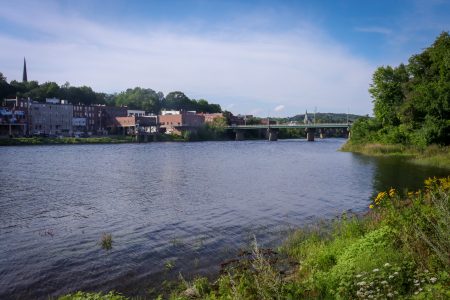
The first thing that impressed me on arrival at the site was how impressive the location was. It sits on a bluff high above the Kennebec River, with a good view of what is now the Augusta waterfront. The trading post is completely gone, though its site was discovered and excavated in the front yard of this Church of Christ, Scientist.


There is an interesting and well preserved historic structure just a stone’s throw away – Old Fort Western, built a little over a hundred years after Cushnoc. The main, and largest, building is original, the rest a 100 year of reproduction. I was surprised to hear that the 100 year old wood has never been replaced, and I didn’t see any signs of decay. Cedar is an amazing wood.


While outside the scope of this blog post, the tour of the fort was well done and enjoyable. I was glad to find that one of the rooms in Fort Western is dedicated to interpreting Cushnoc, showing modern examples of the trade goods they brought and the furs they sought, along with a display case of a few of the artifacts found when the fort was excavated. I also heard word that grants have been received to build a reproduction of the Cushnoc post on the site, so check back in a few years and you may see a lot more than we did.

